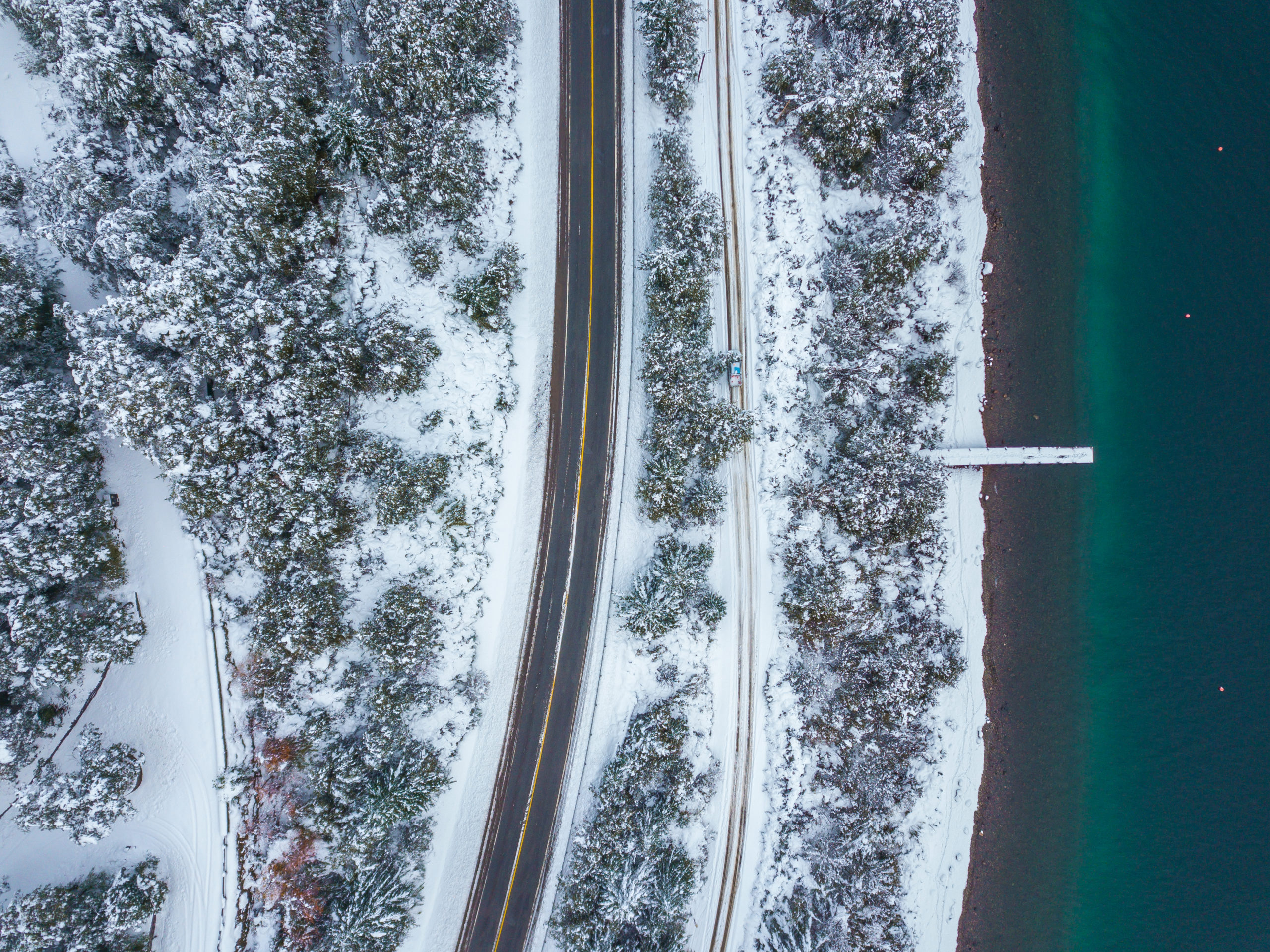By day, Villa La Angostura is a haven of forests, lakes, and outdoor adventures. But when the sun sets and the skies darken, another kind of magic takes over—one that reveals the vast, unspoiled night sky of Argentine Patagonia. With minimal light pollution, high-altitude vantage points, and clear air, Villa La Angostura offers a front-row seat to the stars. Whether you’re a passionate astronomer or simply curious about the universe, this destination is perfect for unforgettable stargazing.
Why Villa La Angostura Is Ideal for Stargazing
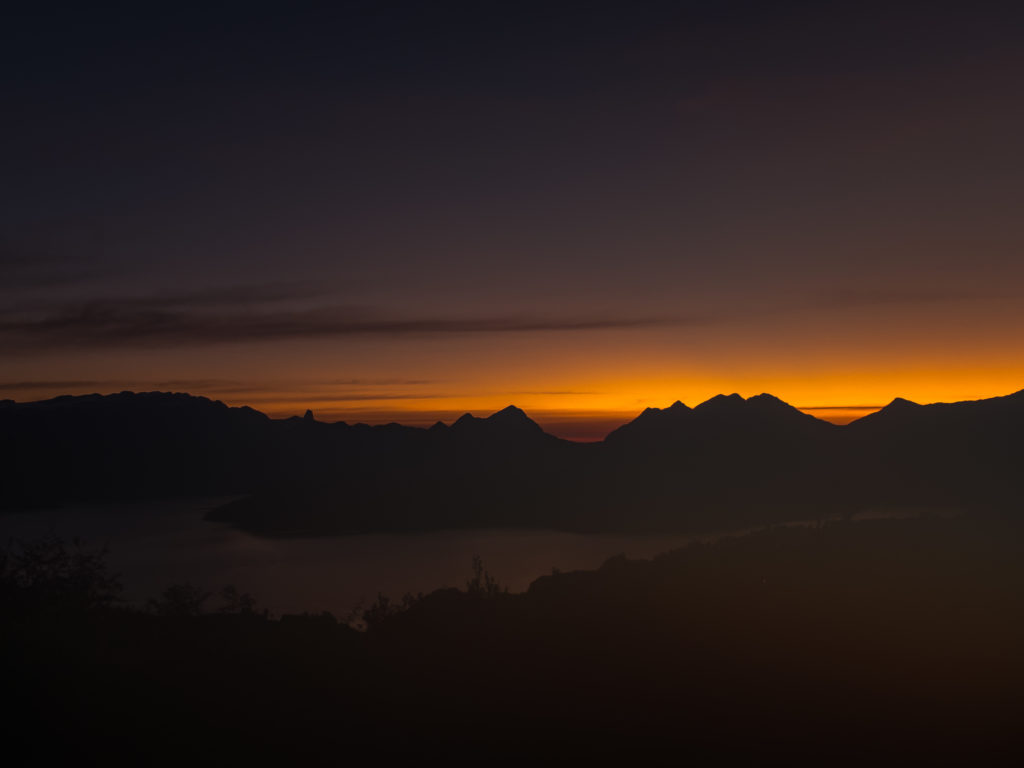
Far from major urban centers, Villa La Angostura offers incredibly dark skies—ideal for observing celestial events. The region’s clean air and dry nights help provide sharp visibility, while the surrounding mountains and lakes create stunning silhouettes against the cosmos.
From constellations like the Southern Cross to unforgettable views of the Milky Way, the night sky here is as breathtaking as the landscapes below it.
Best Places for Stargazing in Villa La Angostura
1. Bahía Brava Lookout
Just a short drive from the town center, the Bahía Brava area near Lake Nahuel Huapi is a top spot for stargazing. With wide open skies and calm surroundings, it’s a perfect location for setting up a telescope or simply lying back on a blanket.
2. Cerro Bayo Summit (Summer Nights Only)
In the warmer months, a hike or cable car ride to Cerro Bayo provides one of the most spectacular night views in the region. The summit offers unobstructed 360° vistas of the sky, ideal for viewing meteor showers or tracking constellations.
3. Puerto Manzano Peninsula
Located slightly away from the central area, Puerto Manzano provides a quieter, less visited stargazing experience. With fewer artificial lights and open skies over the water, it’s great for astrophotography and quiet contemplation under the stars.
What You Can See in Patagonia’s Sky
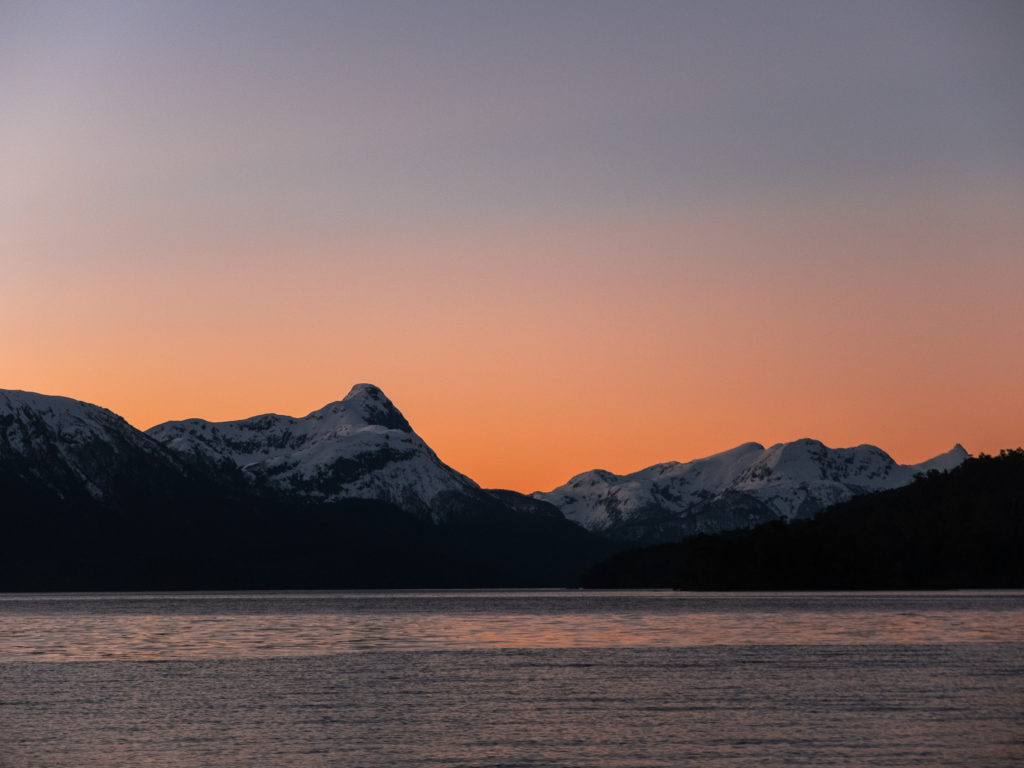
- Southern Cross (Cruz del Sur): Visible year-round in the southern hemisphere, this iconic constellation helps with celestial navigation and is easy to spot from Villa La Angostura.
- The Milky Way: From March to October, the Milky Way stretches across the sky in vivid clarity.
- Meteor Showers: Don’t miss the Lyrids (April), Eta Aquariids (May), and the Geminids (December).
- Planets & Satellites: Venus, Jupiter, and Mars often shine brightly and are easily viewable without a telescope.
Tips for an Unforgettable Stargazing Experience
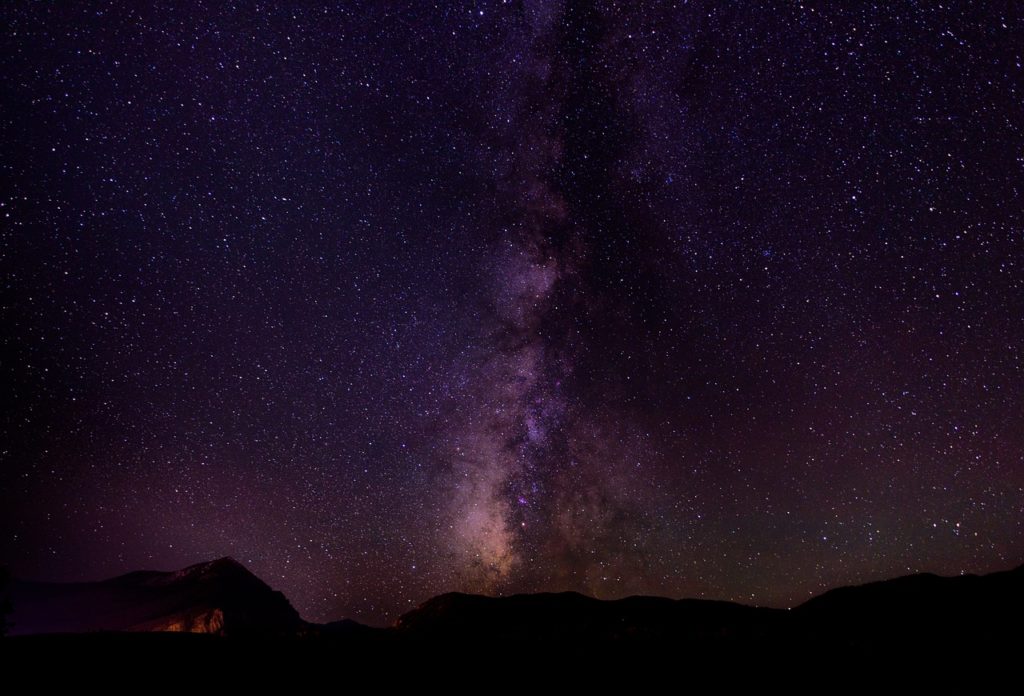
- Go During a New Moon: Avoid full moons for the darkest skies.
- Bring Warm Clothing: Even summer nights can be chilly in Patagonia.
- Use Red Light Flashlights: These preserve your night vision while helping you navigate.
- Download a Stargazing App: Apps like Sky Map or Star Walk 2 can help you identify constellations and planets in real time.
- Avoid Lights: Let your eyes adjust to the dark for at least 20 minutes to see more stars.
Make It a Wellness Ritual
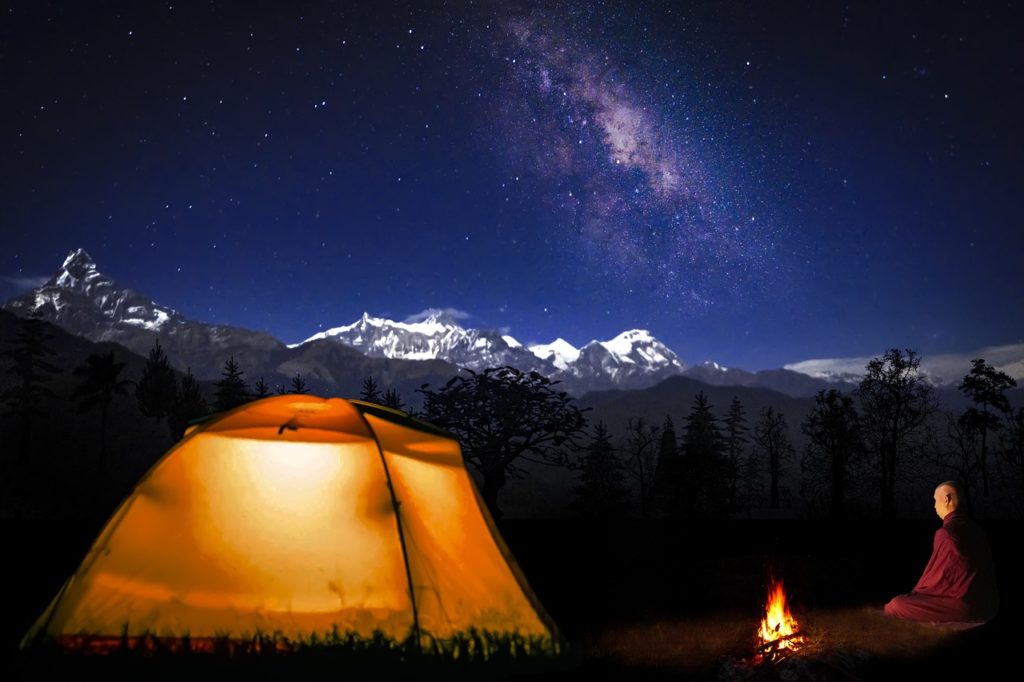
Stargazing isn’t just about astronomy—it’s about slowing down, breathing deeply, and reconnecting with nature. Many visitors use the opportunity to practice mindfulness or simply reflect while taking in the night sky. Combine it with a thermos of herbal tea, a cozy blanket, or even light yoga under the stars.
Plan Your Celestial Adventure with Insitu Viajes
At Insitu Viajes, we help you discover Patagonia in extraordinary ways. Whether you want to add a guided stargazing tour to your itinerary, include it in a romantic escape, or simply get recommendations on the best nights and locations, we’ve got you covered.
Ready to see the stars like never before? Contact us today and let us design your perfect Patagonian night experience.



